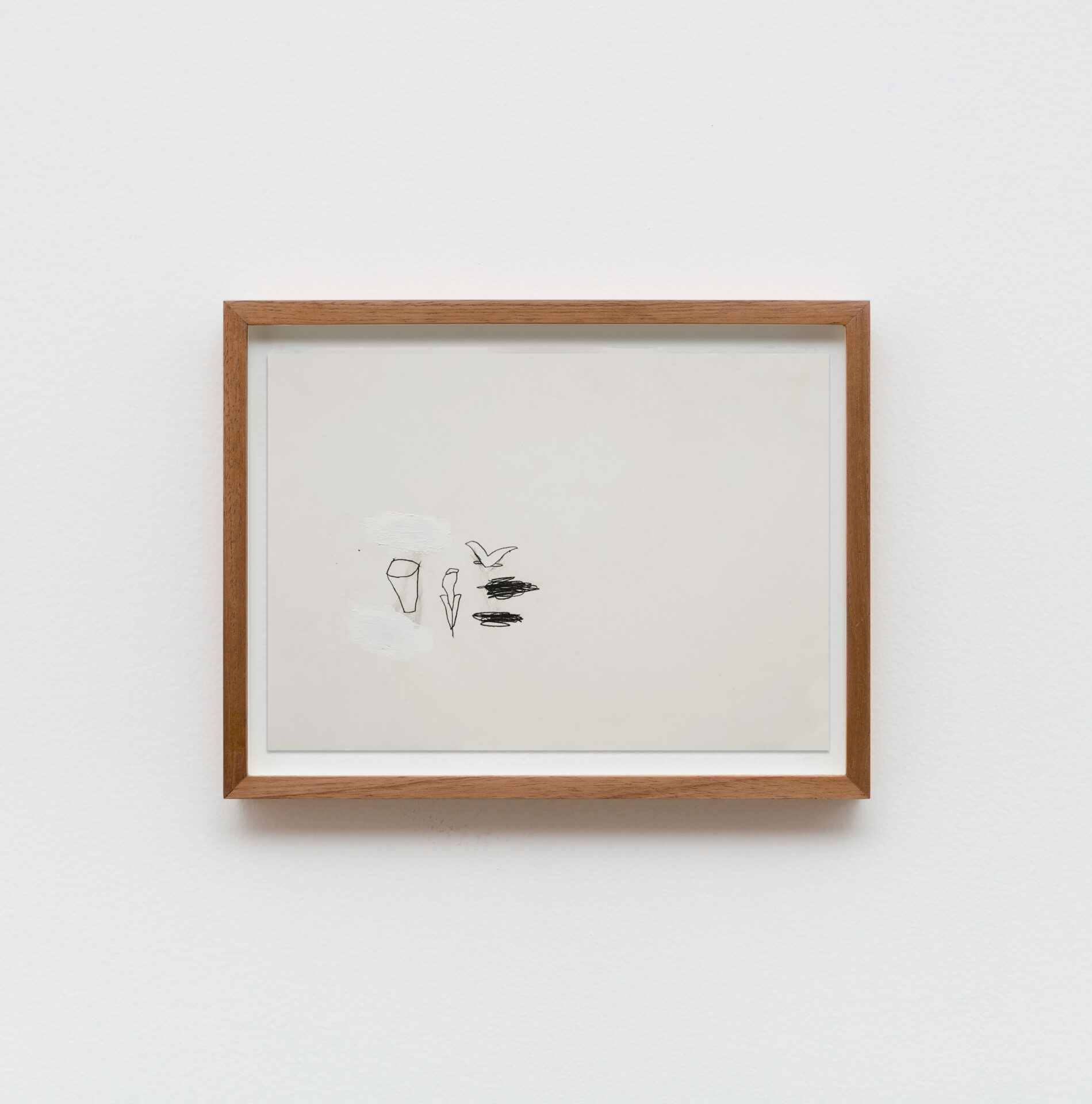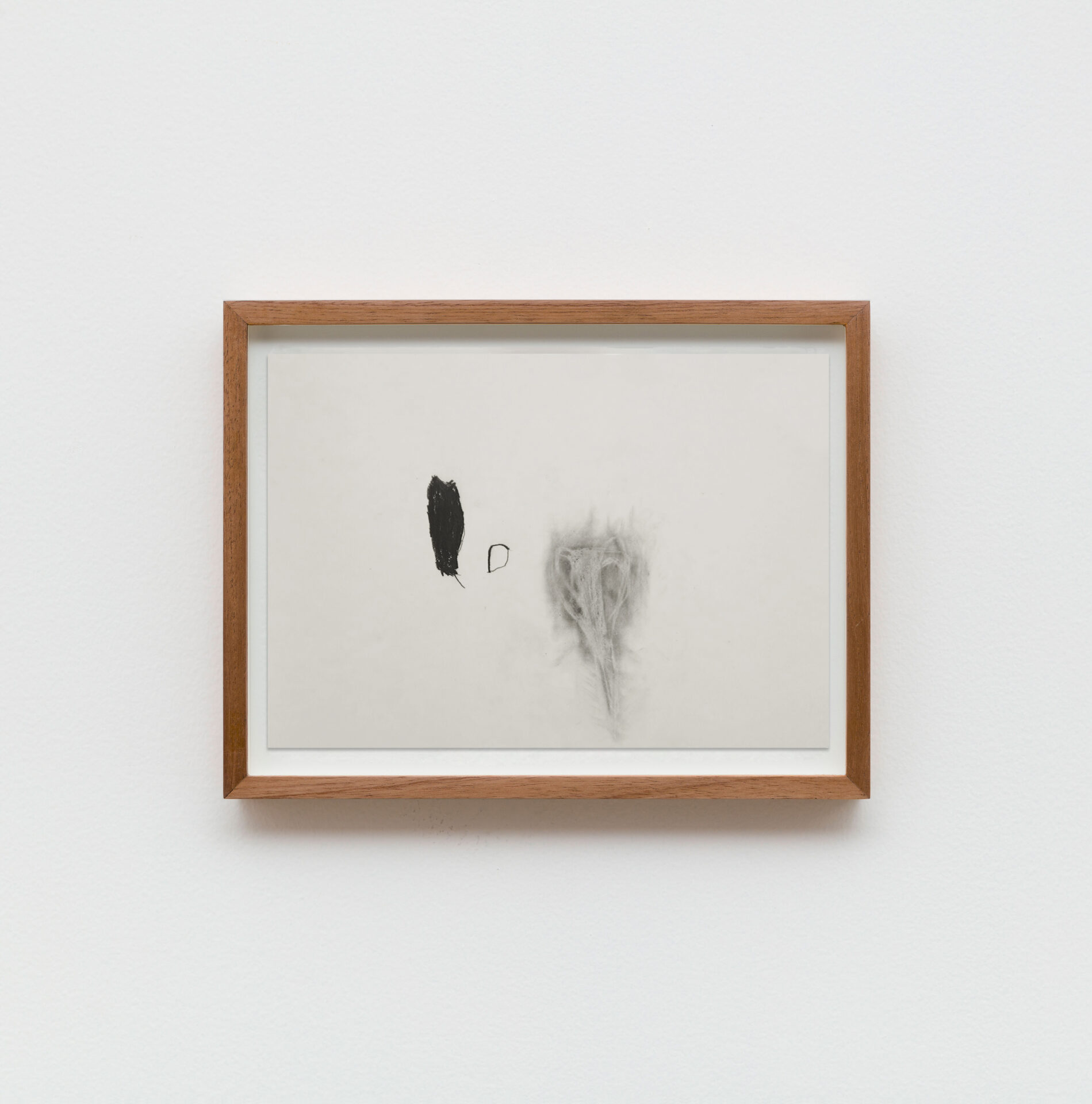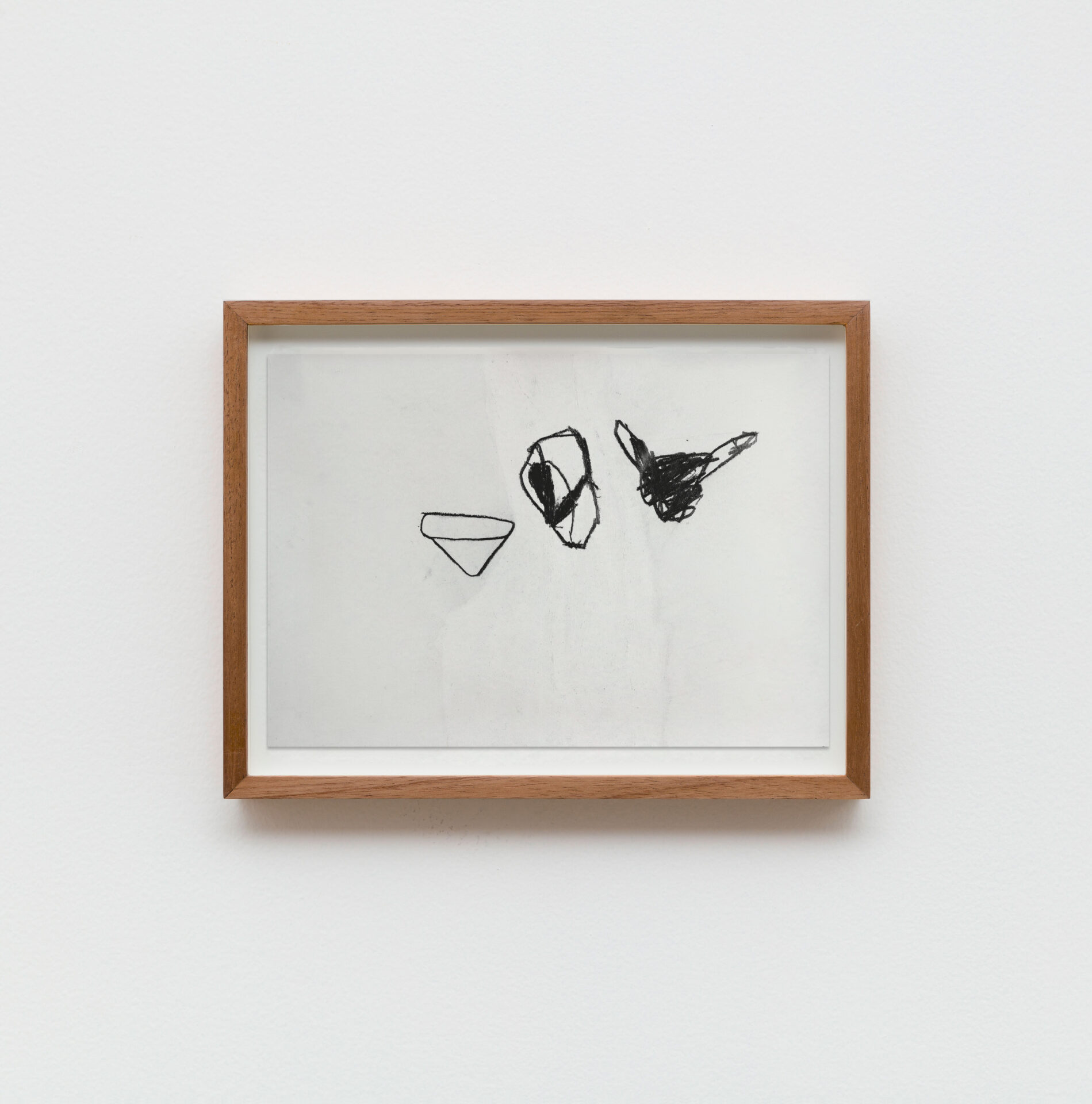SUBTLE CHANGES AND AFFIRMATIVE THINKING

Sem Título
, 2020An attentive review of Brazilian artist Paulo Whitaker’s works on paper and canvas from the 1990s to 2023 will dispel any expectation of recognizable Brazilian tropes in his paintings – that is, the tell-tale bold, carnivalesque colours and bombastic all-over bold images. Whitaker avoids any hint of tropicalia in his studio practice. His sensibility doesn’t embrace irrational beauty, wild material desires, class pretention, the heroic artist’s journey or other flights of fantasy. Rather, his work delivers myriad combinations of evocative and interlocking painted parts/shapes/forms and diverse textures that speaks to an internatioal modernism.
His visual footprint features a generally sombre colour palette and a style of mark-making in elegant shapes, linked in formal and often surprisingly awkward arrangements. The awkward stenciled blocks, flourishes on paper or minimalist outlines in black on canvas (or paper) is purposeful. Whitaker hints at a stylistic strategy that is expansive and inclusive. In conversation he admits,
“…they (people) finish my paintings not only in their retinas, but in their heads, like editing a video on a computer, in the timeline mode, where they can add, subtract, reverse, slow motion, speed up, insert found footage, insert narration and so on.”
Whitaker generously gives viewers something as a late modernist take-away. He creates an open visual signature in the form of building blocks and he has the foresight to imagine how they might reassign colours, forms and language so invested in the history of painting.
Each painting or drawing, regardless of its origins – either as “early work” (e.g., minimalist and ghostly graphite and charcoal drawings on a milky translucent wash from the 1990s) or what I call the current “throwback” period (when Whitaker freely integrates stylistic elements from various series made over the past 30 years) — offers a lesson in making. He insists on the freedom to revisit his stylistic paths without being bound to a chronology. He moves forward and backwards, with the freedom to move laterally.

Sem Título
, 2020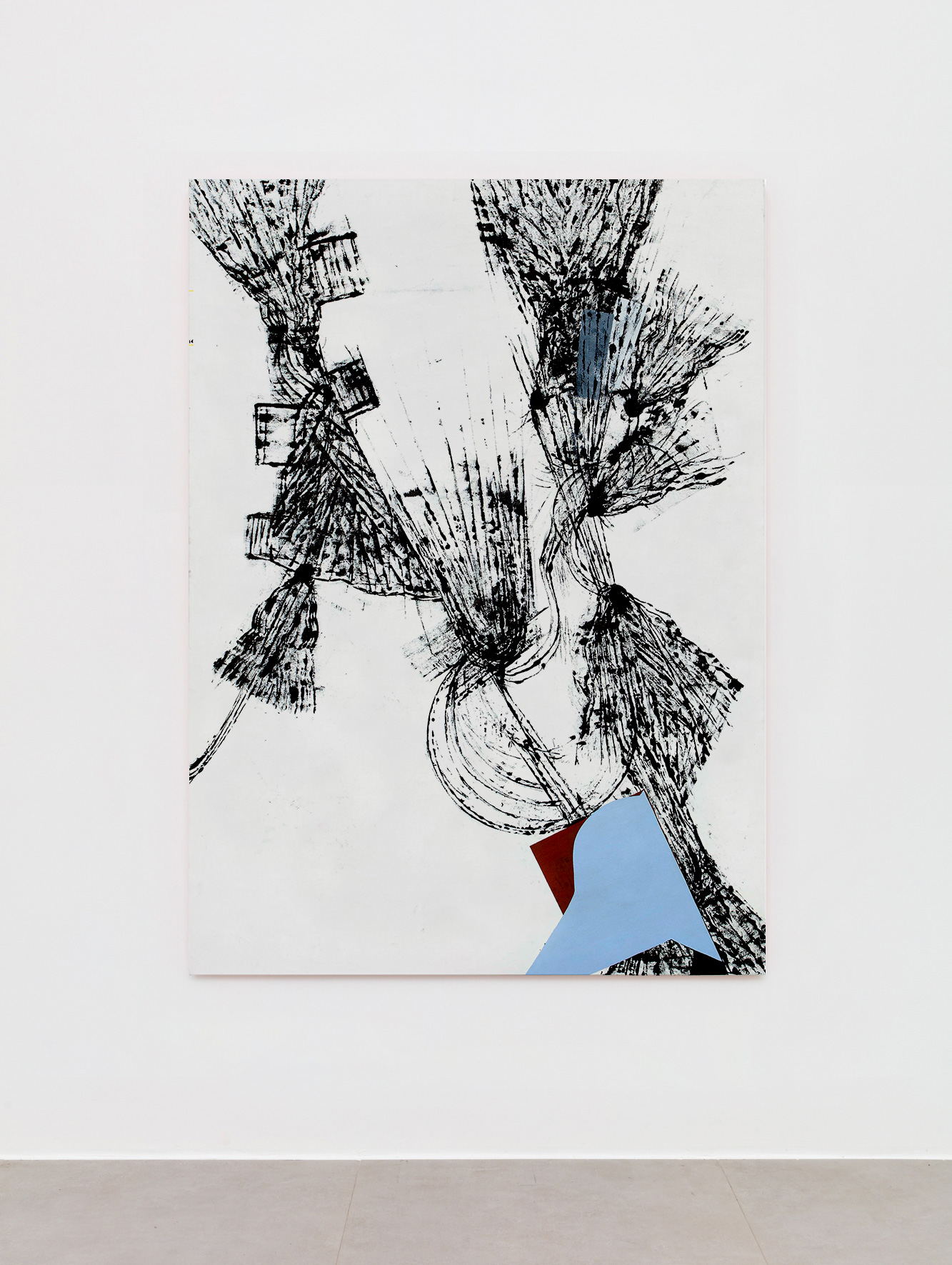
Sem Título
, 2021
Sem Título
, 2021If we study Whitaker’s various applications of fragmentation and repetition, it does not have so much to do with the drive to a modernist absolute of simplicity, certainty or negation of form. A painting’s capacity to elicit such absolutisms is there, in each work, but I think Whitaker’s play with the particularity of painting, hidden orders of the practice of mark-making and the changing context of uses is much more interesting to note. Early and current works share Whitaker’s highly experiential, relational exploration, always extending the parameters of modernist painting.
Each gesture, meaningless as it may appear over time, plays a recognizable role and often can be traced to aesthetic and stylistic influences from beyond his studio practice and current trends. Meaning and the meaningless form are produced relationally, in tandem, not in isolation. His dedicated studio production is part of something much grander and
Whitaker is hyper conscious of it. His work integrates a compressed history of painting inclusive of image, colour, surface, process of making, language and even GPS location of origin.
Highly original in his placement of forms and colour, we nonetheless recognize his capacity to address the history of western painting as an exercise in a personal dialogue between artists, while being something of a modernist revolt against materialism and purposely located within a context for failure. Tellingly, his paintings enact a sense of amusement in their visual correspondence. Notice the peripheral presence of Donald Baechler, Eleanor Bond, Frank Stella, Tapies, or perhaps an unconscious wink at Miro’s curvilinear shapes. These are visual cues to a messaging as homage that all artists exchange over time and rely upon to propose a new and fresh context for their own work.
Whitaker suggests “art is more a thing based on accumulated experiences.” The past and present stylistic cues coalesce, often in tension, to inform meaning via abstract and figurative images, forms and sensibilities personified and woven into myth. But ultimately they act as bridges between historic traditions and convoluted meaning to find new ways to speak to us in the 21st century.
Wayne Baerwaldt

Sem Título
, 2022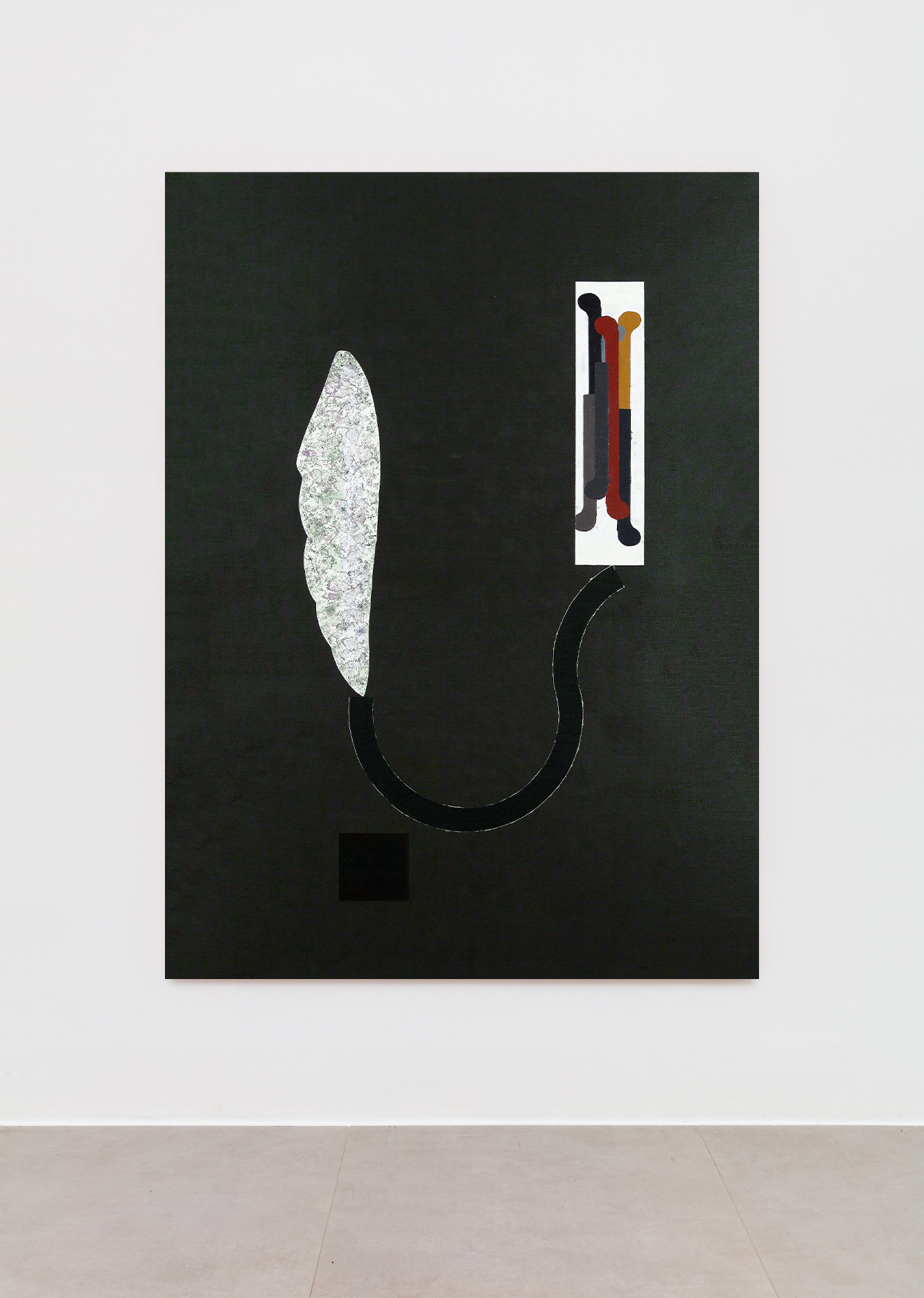
Sem Título
, 2022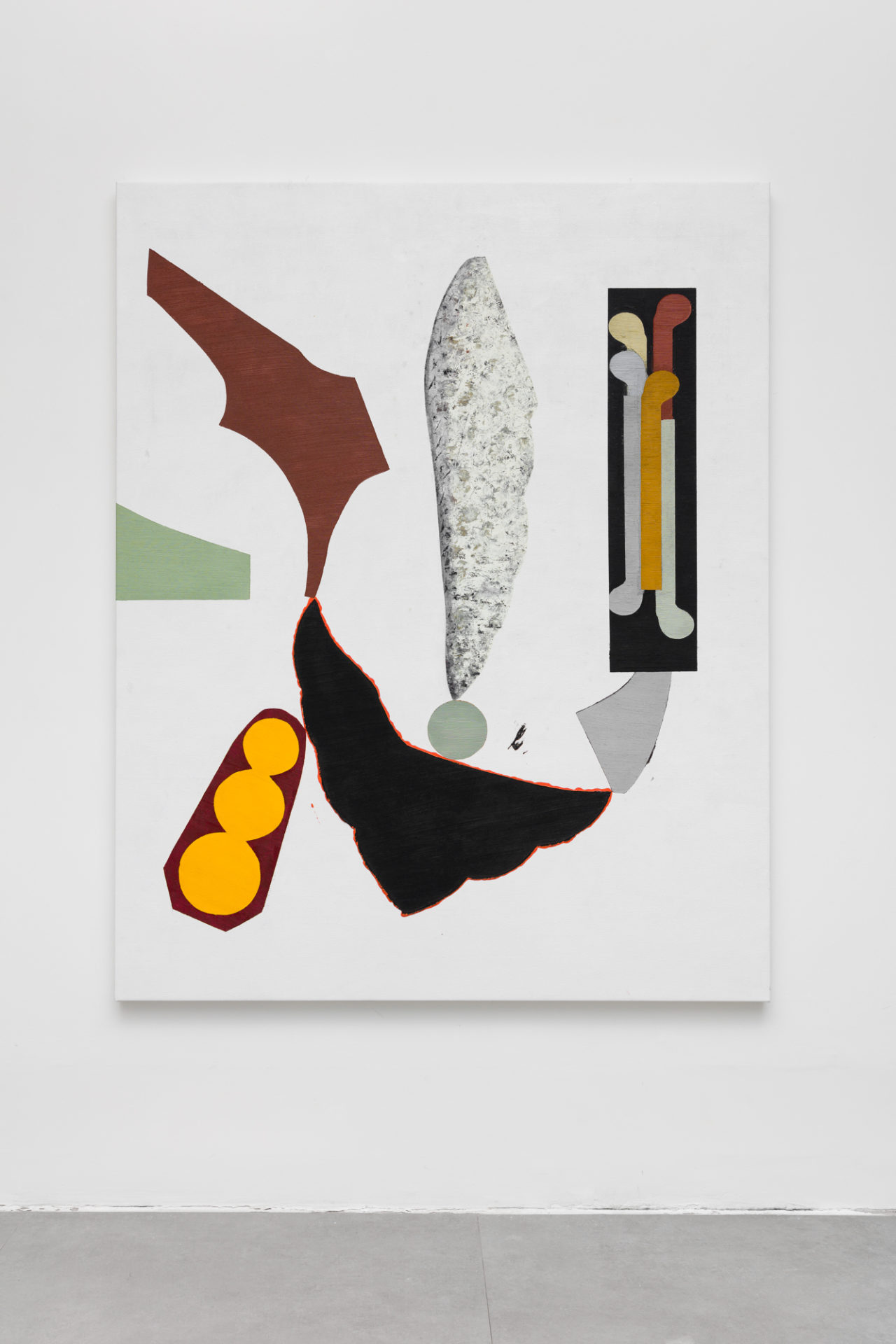
Sem Título
, 2022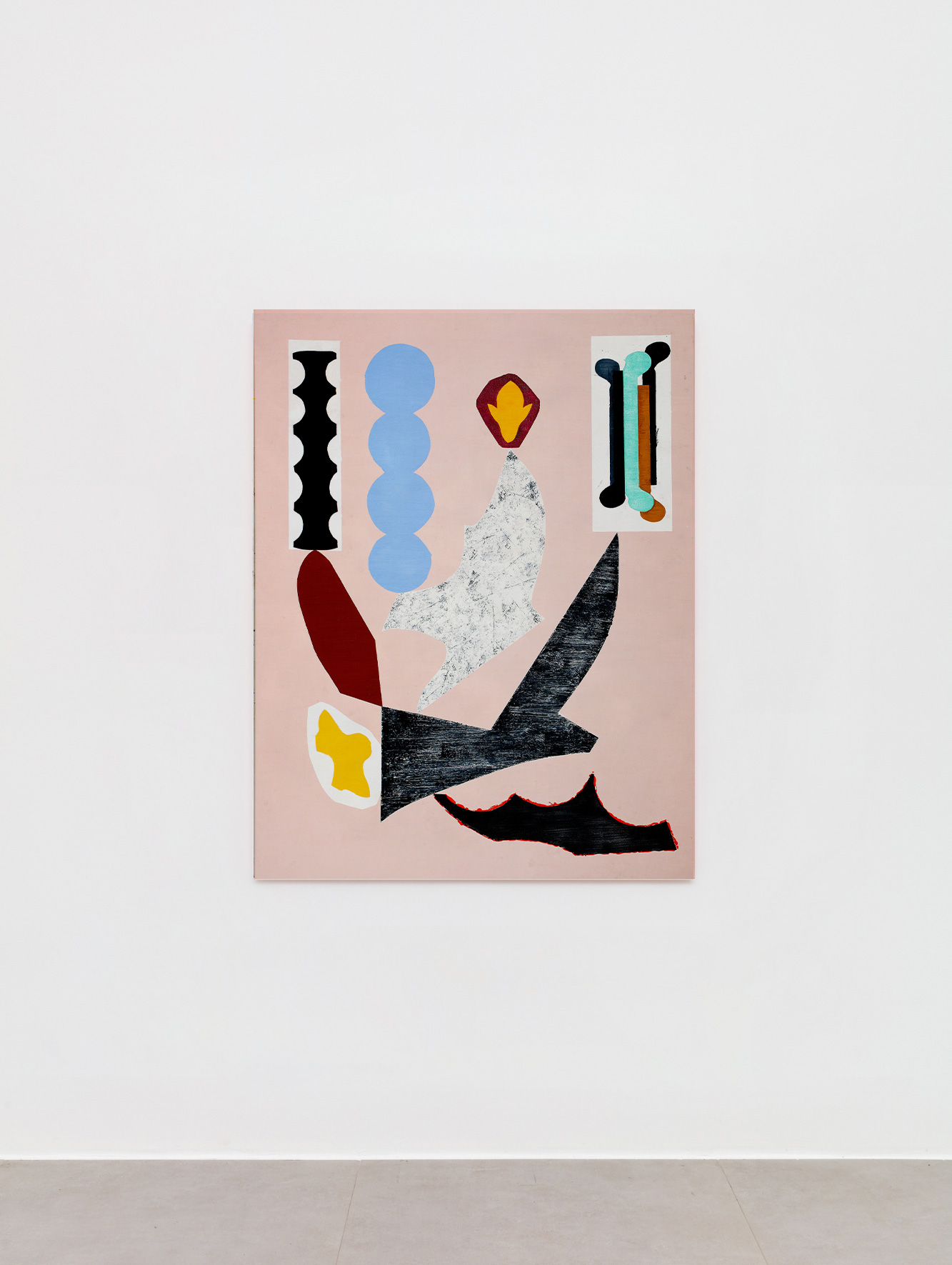
Sem Título
, 2023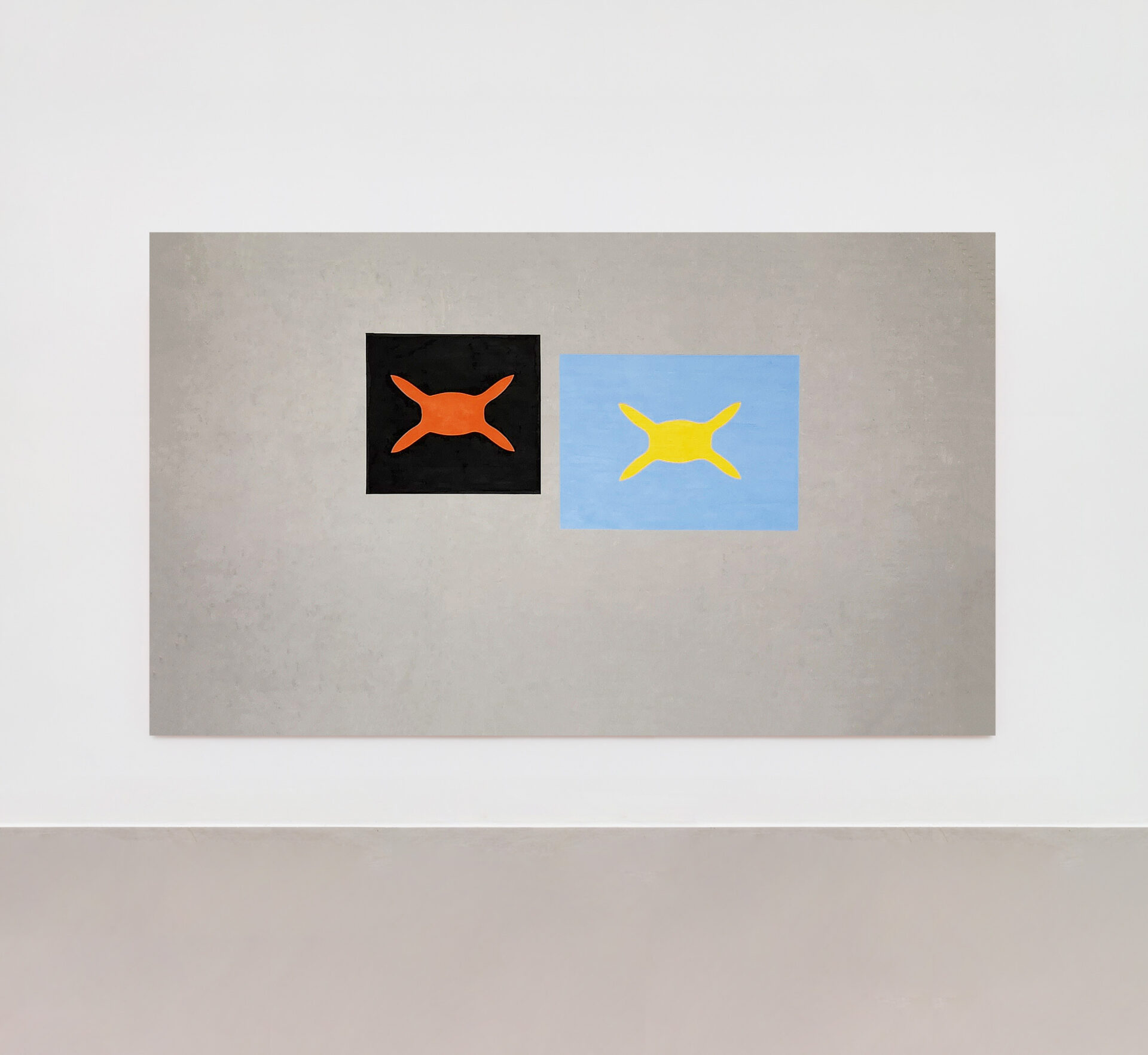
Sem Título
, 2020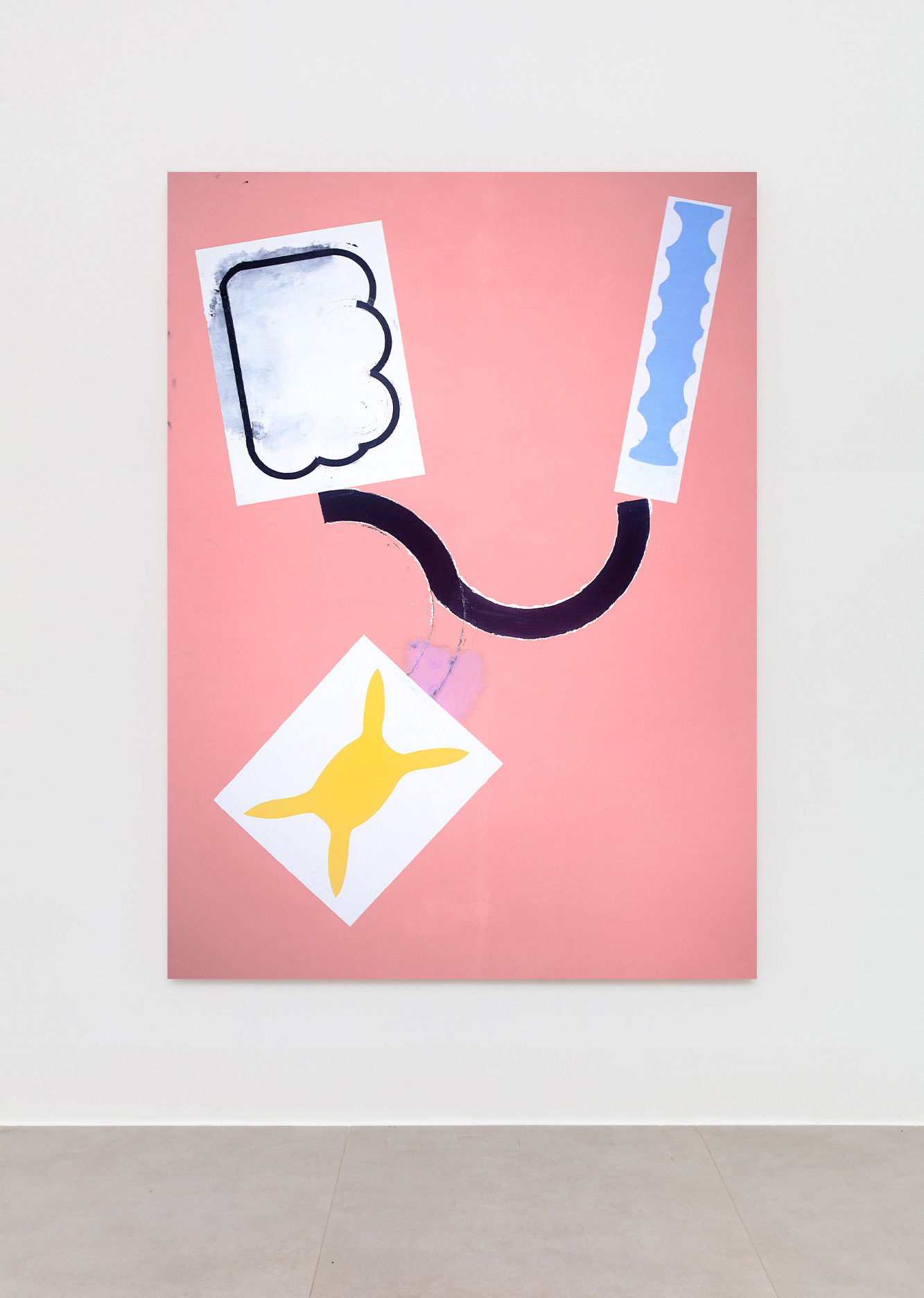
Sem Título
, 2022Paulo Whitaker
1958, São Paulo. Lives and works in São Paulo.
Paulo Whitaker’s work has made a unique contribution to the Brazilian art scene, through a markedly dynamic process of experimentation since the 1980s. Terry Winters (1949, New York, USA), starting to incorporate, to the pictorial development, elements present in the American painter and engraver, such as the accumulation of decisions taken, changes in course and attempts demarcated on the surface of the painting.
Painter and draftsman, Paulo Whitaker graduated in Artistic Education at the University for the Development of the State of Santa Catarina – Udesc/SC, in 1984. Among several exhibitions, he participated in the 25th edition of the São Paulo International Biennial, in 2002. Between 1991 and 1992, he is artist in residence at Plug In, in Winnipeg, Canada, at E-Werk Freiburg in Germany and in 1999 at The Banff Center for the Arts, also in Canada. That same year, he participated in the Brazilian Contemporary Art on Paper exhibition at MAM, in São Paulo, and in 2001, he participated in the 3rd BIENAL DO MERCOSUR in Porto Alegre. In 2007, he participated in the Biennale de Montreal, in Canada.
Whitaker receives, in 1993, the Gunther Painting Prize from the Museum of Contemporary Art of the University of São Paulo, in 1998 at the VI Salão Nacional Victor and the Grand Prix at the Museu de Arte de Santa Catarina. Paulo Whitaker’s works are in the collections of important institutions and museums such as: Museum of Art of Santa Catarina – MASC, Museum of Modern Art of São Paulo – MAM/SP, Museum of Contemporary Art of the University of São Paulo, MAC/USP, Museum of Contemporary Art of Paraná – MAC/PR, Museum of Brazilian Art of the Armando Álvares Penteado Foundation – MAB/Faap, Pinacoteca of the State of São Paulo, among others.
Sem Título
, 2020Paulo Whitaker
Sem Título
, 2020Paulo Whitaker
Sem Título
, 2021Paulo Whitaker
Sem Título
, 2021Paulo Whitaker
Sem Título
, 2022Paulo Whitaker
FREIBURG
, 1992Paulo Whitaker
FREIBURG
, 1992Paulo Whitaker
FREIBURG
, 1992Paulo Whitaker
FREIBURG
, 1992Paulo Whitaker
FREIBURG
, 1992Paulo Whitaker
FREIBURG
, 1992Paulo Whitaker
Sem Título
, 2022Paulo Whitaker
Sem Título
, 2022Paulo Whitaker
Sem Título
, 2023Paulo Whitaker
Sem Título
, 2020Paulo Whitaker
Sem Título
, 2022Paulo Whitaker




